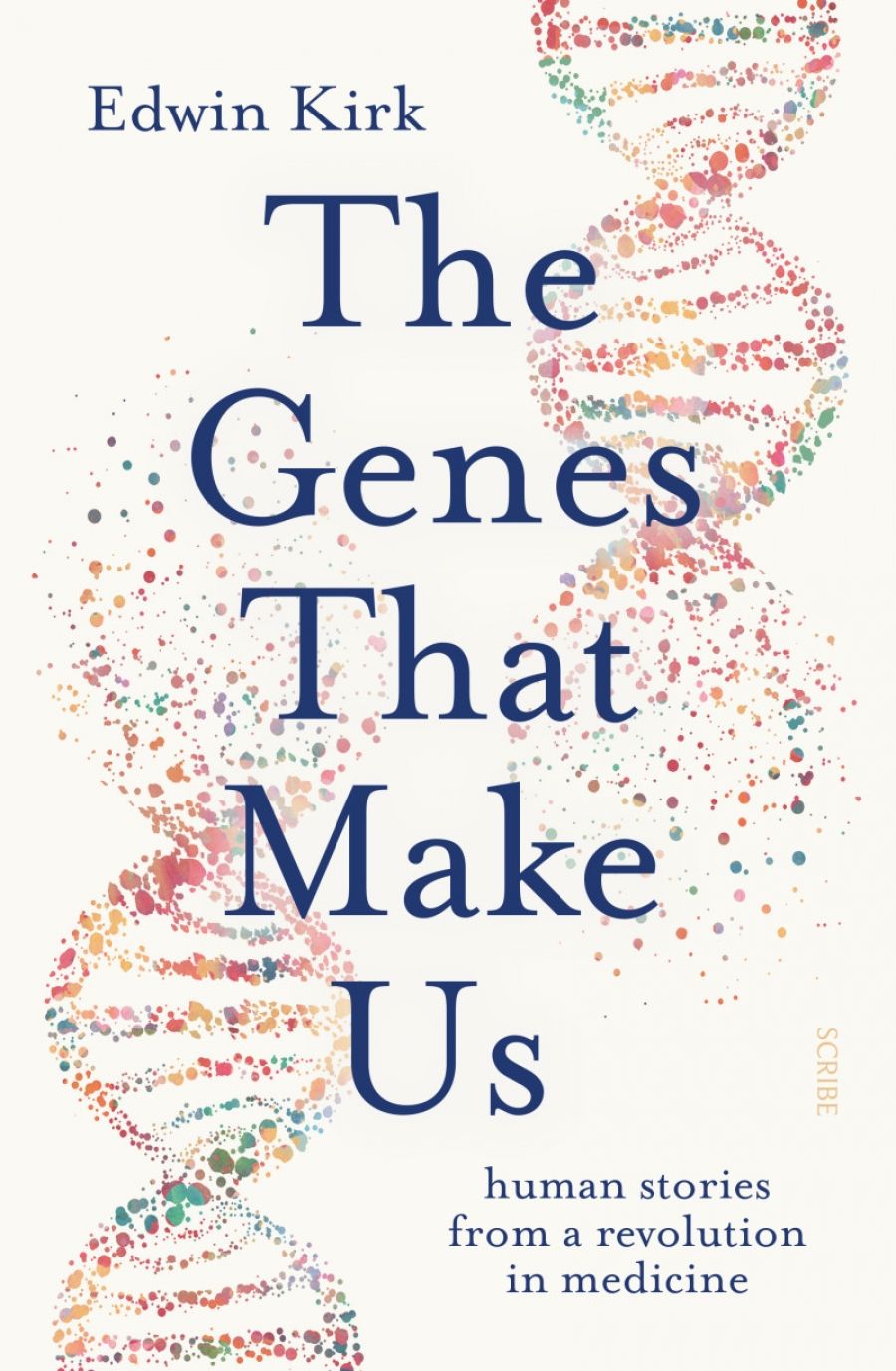
- Free Article: No
- Contents Category: Science and Technology
- Review Article: Yes
- Custom Highlight Text:
The announcement in June 2000 that a first draft of the human genome had been completed was rightly recognised as a landmark in scientific endeavour. Predictions were that the sequencing of the genome would allow for the pinpointing of genes responsible for conditions such as Alzheimer’s and heart disease, and lead to finely targeted, even personalised, treatments for a range of disorders. That these ambitions are still some way from being met doesn’t make the discovery any less remarkable. The Human Genome Project (HGP) gave us the capacity to read the basic building blocks of life. Research into the human genome is teaching us that the relationship between our approximately 30,000 genes and who we are is enormously complex, the result not merely of the action of individual genes but also of the ways in which those genes interact with each other and with their environment.
- Grid Image (300px * 250px):

- Book 1 Title: The Genes That Make Us
- Book 1 Subtitle: Human stories from a revolution in medicine
- Book 1 Biblio: Scribe, $32.99 pb, 288 pp
- Book 1 Readings Link: booktopia.kh4ffx.net/vLn6L
Each chapter focuses on a different facet of genetic medicine, detailing the relevant genetics, its historical context, and current approaches to treatment and screening. Some of the thornier ethical questions each facet engenders are also flagged. A chapter centred on a patient with a family history of Huntington’s disease, a condition marked by ‘slow neurological demolition’, appraises the value of predictive genetic testing, particularly for conditions with no cure. (Ninety per cent of individuals at risk of inheriting Huntington’s choose not to get tested.) A patient with a genetic condition whose source is the mitochondrial genome (the mitochondria has its own complement of thirty-seven genes) prompts an examination of pre-implantation genetic testing, touching on concerns regarding the advent of designer babies and the application of gene-editing technologies such as CRISPR (a technique that allows for the alteration of gene sequences in order to modify the way genes function). The impact of the environment on our genomes is analysed via the history of thalidomide and its disruption of normal embryogenesis.
Chapters on prenatal and neonatal screening consider the introduction of the heel-prick test for newborn infants (which screens for three different conditions, including cystic fibrosis), as well as the history of amniocentesis as a tool for diagnosing chromosomal disorders in a developing foetus. Kirk foreshadows current Australian government initiatives to expand prenatal and carrier screening to more than 1,300 potentially faulty genes responsible for more than 700 conditions. Also surveyed are the rapid advances in genetic screening and sequencing technology which now allow women (and less frequently men) who carry faulty copies of the BRCA1 and BRCA2 genes, and who are thereby at risk of developing breast cancer, to make informed decisions, cognisant of the distinction between certainty and risk, about whether or not to have their breast tissue removed before potentially cancerous cells appear. One particularly interesting chapter explores the role of dysmorphology (a precursor of genetic screening and now an adjunct to genetic pathology) and its use of distinctive physical features in the diagnosis of syndromes that, more often than not, are the result of genetic errors, for example the identification in 1866 of Down syndrome.
 Edwin Kirk (Scribe Publications)
Edwin Kirk (Scribe Publications)
Kirk’s explanation of the relevant science is readily digestible (although an index would have been useful) and covers topics such as the processes which drive cancer; the genetics of sex differences; genetic mosaicism (replication errors that, in extreme cases, lead to an individual having two distinct genotypes); the properties of stem cells and their potential to be adapted for treatments; and the nature of heritability. Crucially, Kirk acknowledges that much of the difficulty around diagnosing and treating genetic disorders is the fundamental complexity of the processes which generate them. Much depends on the cumulative effect of slight genetic errors, as well as precisely when in an individual’s development such errors occur.
There are still many unknowns about the way that genes control our development, a point Kirk concedes without volunteering specific insights into current barriers to understanding, or the realistic prospects of further breakthroughs. He gestures towards the likely existence of rogue research without accounting for its implications. Equity issues around the commodification of genetic science and the high cost of gene therapy (he offers the example of a treatment which costs US$2.1 million for a single dose) are also largely neglected.
While Kirk is an amiable storyteller, he has a tendency to ramble. Some diversions are more welcome than others, for example his review of the work of Frances Oldham Kelsey, a research scientist who six times rejected applications for US approval of thalidomide as a treatment for morning sickness, unconvinced by the evidence. A long digression about the naming of various syndromes, however, is likely to test even the most attentive reader.
Kirk is optimistic about the future. He envisages sequencing ‘getting better, cheaper, and faster’ and effective treatments for genetic-based disorders becoming more common. Even so, there will always be the need to negotiate the delicate ‘balance between what we can do in medicine, what it is useful to do, and what we should do’.


Comments powered by CComment